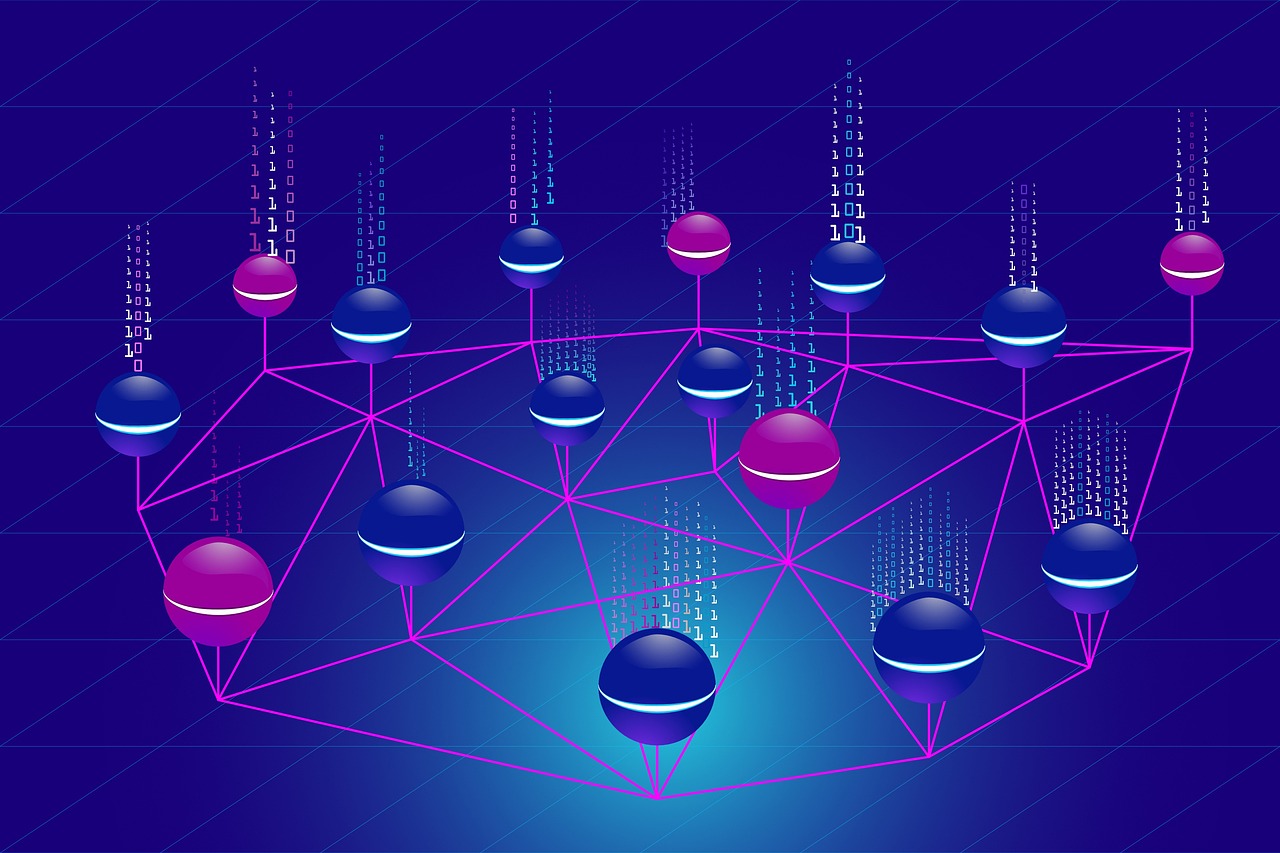The Power of Predictive Analytics in Understanding Consumer Behavior
Predictive analytics is a branch of data analytics that uses statistical techniques, machine learning algorithms, and data mining to identify patterns and trends in data, and to make predictions about future events. It is a powerful tool that can be used in a wide range of industries, including marketing, finance, healthcare, and retail, among others.
It can be used to understand consumer behavior in a number of ways. For example, it can be used to identify patterns and trends in consumer spending, to predict which products or services consumers are most likely to purchase, and to determine which marketing messages are most likely to resonate with consumers.
Additionally, predictive analytics can be used to create personalized recommendations for consumers based on their past behaviors and preferences. These come in the form of chatbots or AI agents that personalize customer experience based on the gathered historical data.
The Role of Predictive Analytics in Consumer Behavior Research
PA helps to analyze data from customer surveys, focus groups and interviews. This data can then be used to identify key drivers of customer loyalty, as well as uncover potential areas for improvement.
Identify Patterns And Trends In Consumer Behavior
Predictive analytics allows for the examination of large data sets gathered from various sources, including social media, e-commerce platforms, and customer surveys, to uncover patterns and trends in consumer behavior. This information can then be utilized to create comprehensive consumer profiles, which can assist businesses in gaining a better comprehension of their customers and their preferences. It also aids in identifying trends in consumer spending, thereby providing businesses with new opportunities for growth and development.
One example of how a company might use this to better understand its customers is by using customer data to create detailed consumer profiles. A retail company might use data from its e-commerce platform to identify patterns in consumer spending, such as which products are most popular among certain demographic groups.
From this, businesses will be able to create targeted marketing campaigns that are more likely to resonate with specific groups of consumers. Moreover, the company might use PA to recognize patterns in consumer behavior, including which customers are most likely to purchase a specific product or service, and to create personalized recommendations for those customers.
Potential Limitations And Challenges
While predictive analytics can be a powerful tool for understanding consumer behavior, there are also some potential limitations and challenges associated with its use.
- PA relies on the availability of large sets of data, which can be difficult to acquire or may be incomplete or inaccurate.
- It can be complex and difficult to understand, which makes it challenging for businesses to effectively implement and use.
- There are ethical considerations to take into account when using predictive analytics, such as the potential for privacy breaches or the potential for the algorithm to perpetuate biases or stereotypes in the data.
Applications of Predictive Analytics in the Marketing Industry
Despite the potential challenges associated with predictive analytics, it can be a powerful tool for marketers.
Improve Target Marketing Efforts
It helps by identifying patterns and trends in consumer behavior and by making predictions about which marketing messages are most likely to resonate with specific groups of consumers.
PA also assists in analyzing consumer data, such as purchase history and browsing behavior, in identifying specific interests and preferences, and in creating personalized marketing messages that are more likely to resonate with individual consumers. This allows for a more targeted and effective approach to marketing and can increase the chances of success for a campaign.
Optimize Pricing And Promotions
It allows the optimization of pricing and promotions by identifying patterns in consumer spending and forecasting which products or services will be in high demand at a particular time. For instance, a retail company may use data from its e-commerce platform to spot trends in consumer spending, such as which products are most sought after during specific seasons.
This knowledge can then be utilized to design targeted promotions and sales that are more likely to appeal to consumers. Furthermore, predictive analytics can be used to optimize pricing by determining which products or services are most sought after and adjusting the prices accordingly.
Improve Customer Segmentation And Personalization
Predictive analytics enables a more accurate and effective way of dividing customers into groups and personalizing their experiences. This is done by identifying patterns and trends in consumer behavior by analyzing data from various sources.
With this information, companies can design targeted marketing campaigns that are more likely to be successful, as they are tailored to specific groups of consumers. Predictive analytics can also be used to create personalized recommendations for customers based on their previous behaviors and preferences.
Predictive analytics is a powerful tool that can be used to gain a deeper understanding of consumer behavior. The potential benefits of using predictive analytics in consumer behavior research and marketing include the ability to create more effective marketing campaigns, optimize pricing and promotions, and improve customer segmentation and personalization.
Both fields are constantly evolving, and there are many opportunities for future research and development. There is a need for more research on the ethical considerations related to the use of predictive analytics, including the potential for privacy breaches or the perpetuation of biases in the data. Furthermore, there is an opportunity for research in the field of consumer analytics, which involves understanding consumer behavior using a variety of data sources, including transactional, behavioral, and demographic data.

